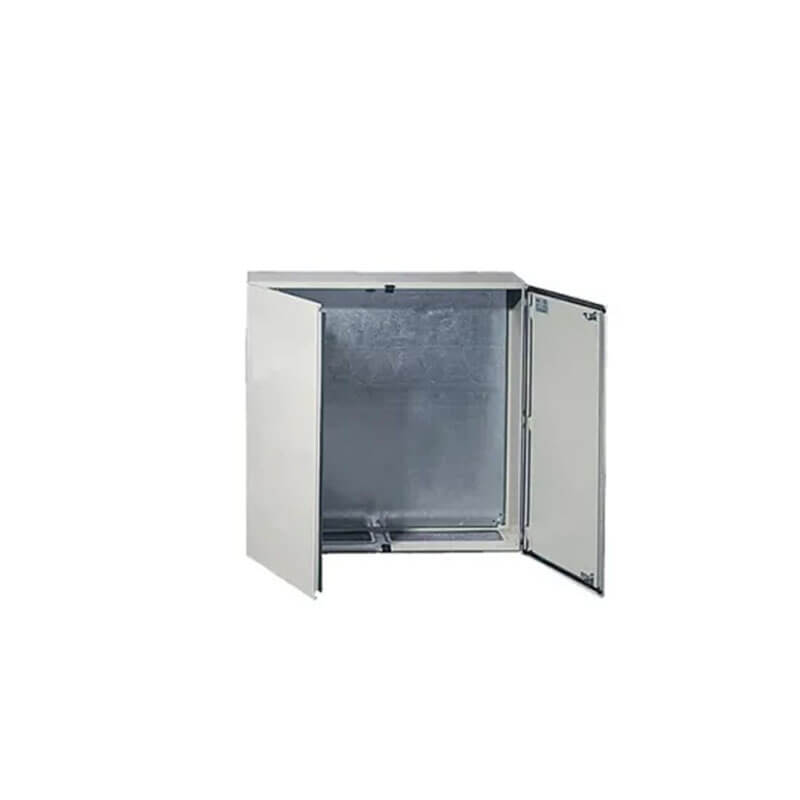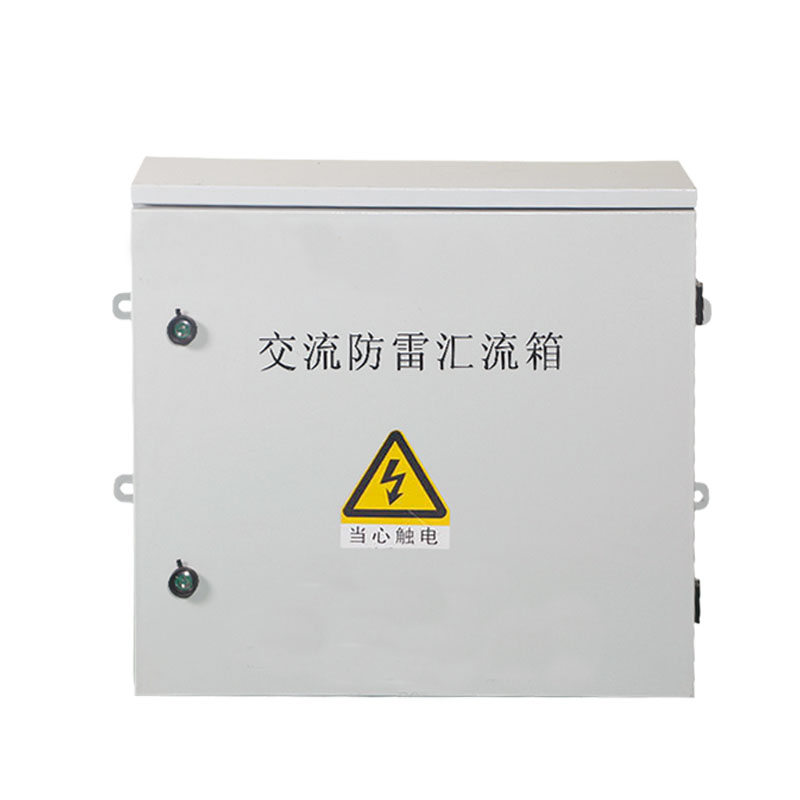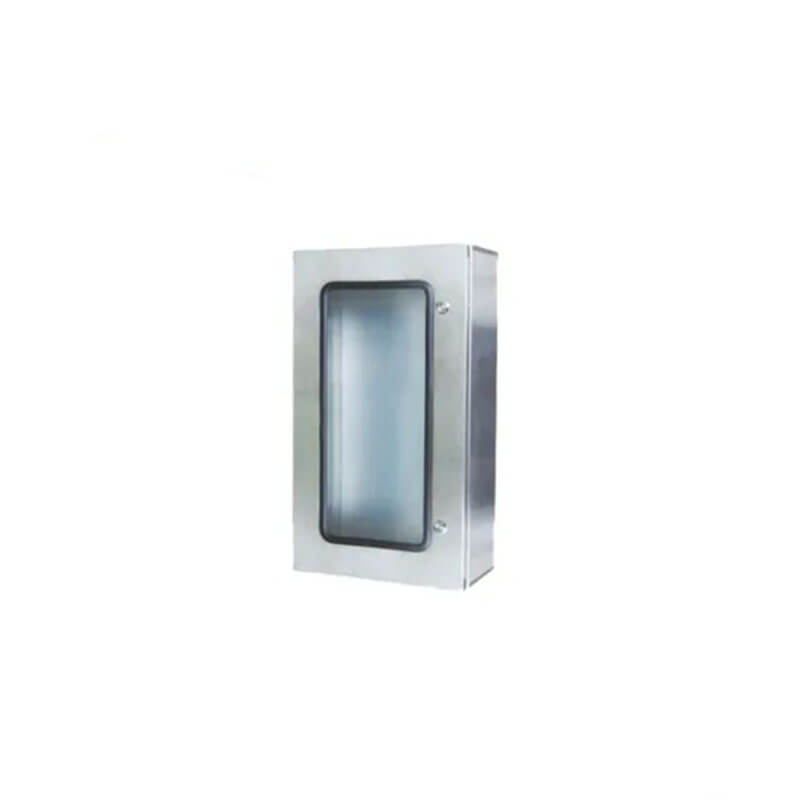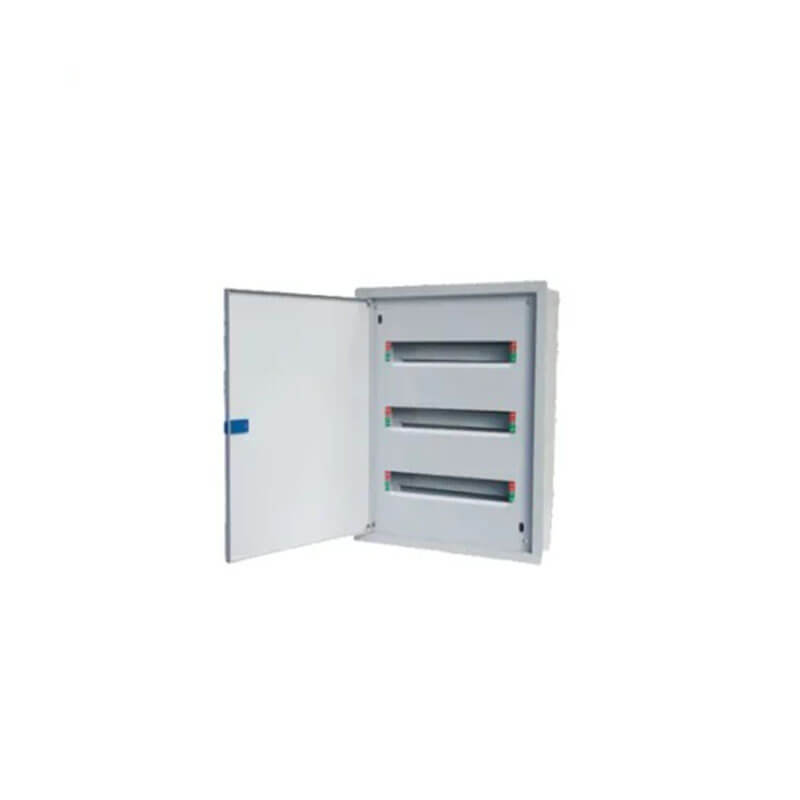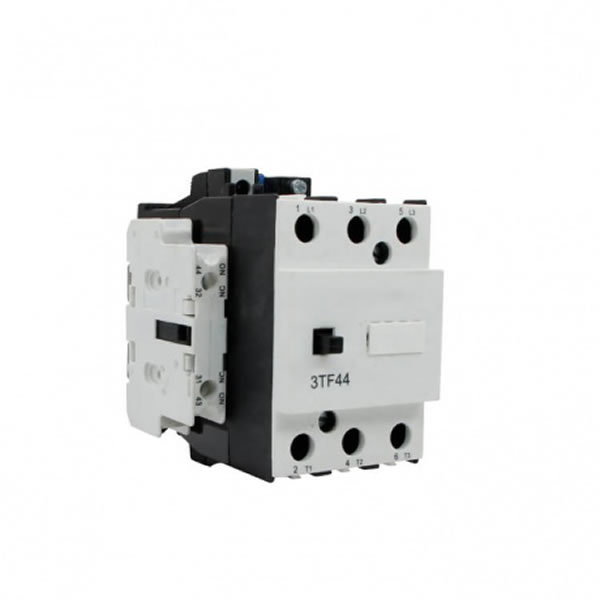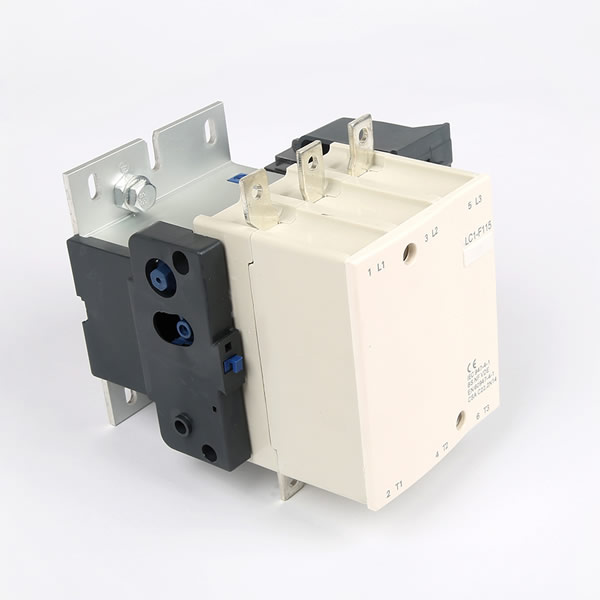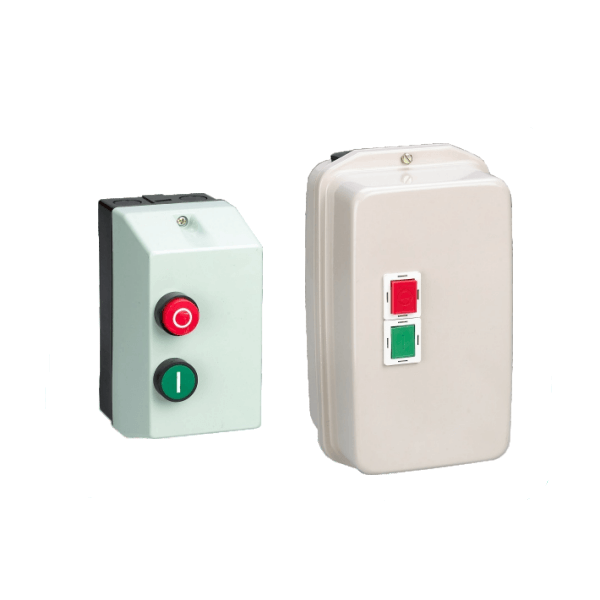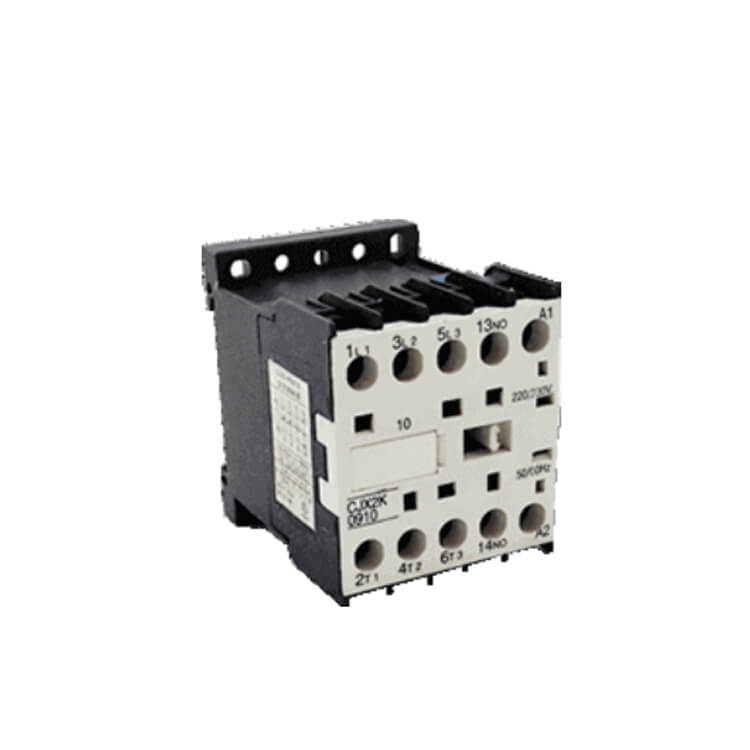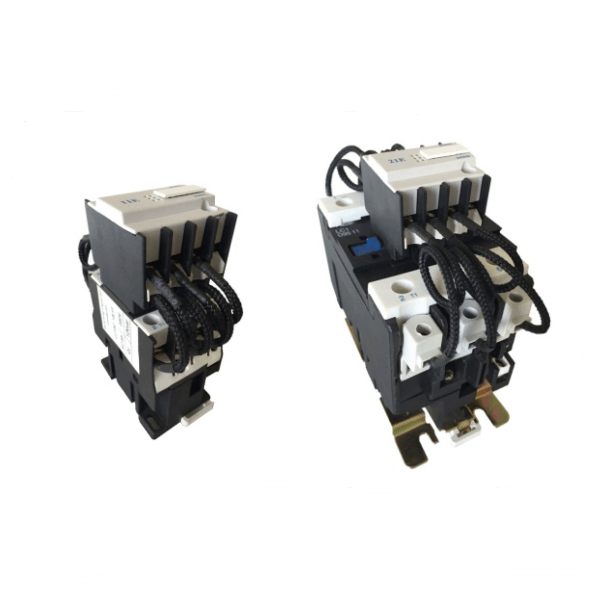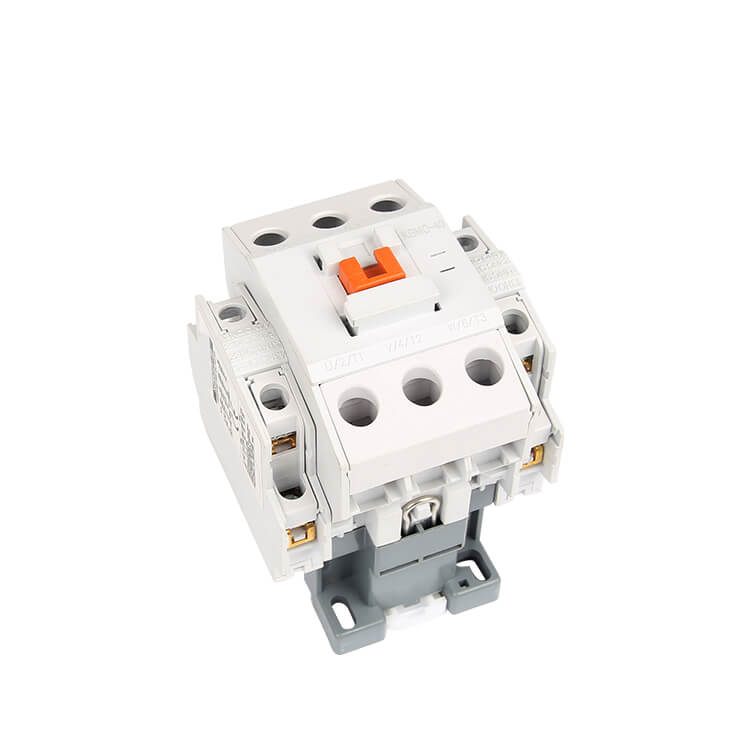Three main causes of distribution box failure
Problems caused by the influence of ambient temperature on low voltage electrical appliances
The low voltage apparatus in the distribution box is composed of fuse, communication contactor, residual current operated protector, capacitor and metering meter. These low-voltage electrical appliances are designed and manufactured in accordance with the basic specification for low-voltage electrical appliances (GB 1497), and their normal working conditions are specified as follows: the upper limit of ambient air temperature shall not exceed 40 ℃; the average value of ambient air temperature for 24h shall not exceed 35 ℃; the lower limit of ambient air temperature shall not be lower than - 5 ℃ or - 25 ℃.
The distribution box of rural power network transformation operates outdoors. It not only receives direct sunlight, but also generates heat during operation. Therefore, in the high temperature season in midsummer, the temperature inside the box will reach above 60 ℃. At this time, the temperature greatly exceeds the environmental temperature specified by these electrical appliances. Therefore, problems caused by overheating of electrical components in the distribution box will occur.
